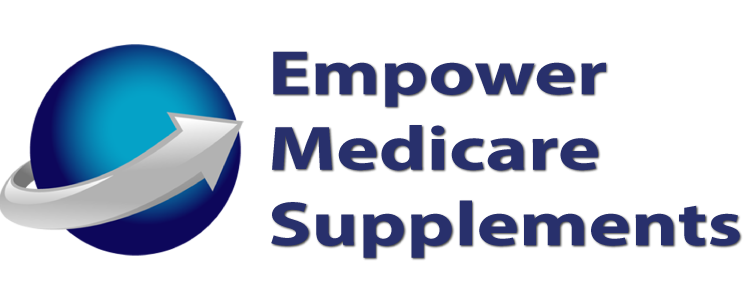When deciding which Medicare plan is best for you, one of the most important factors to consider is the prescription drug coverage. A formulary is the list of drugs that a plan covers. Being familiar with your plan’s formulary is important because it identifies which drugs are covered, at what cost, and if there are any restrictions for them. Every plan has a different formulary.
Drug Tiers
Many plans list drugs by cost within different tiers on their formulary. A drug in a lower tier will have a lower copay than a drug in a higher tier. The number of tiers and the drugs within them vary from plan to plan. Therefore, there is no “set” overall list of all the drugs and tiers. Below is an outline of how tiers usually work:
Tier 1: This is the lowest level, where you will find the least expensive drugs, usually generics. A generic drug is a drug with the same key ingredients, strength, and dosage form of a brand name drug, but is cheaper. Occasionally cheaper brand names will also appear in Tier 1.
Tier 2: This tier holds the slightly more expensive generic drugs and brand name drugs. A brand name drug has a trade name and patent, which makes it more expensive than generics.
Tier 3: Tier 3 contains non-preferred brand name drugs, which are more expensive. These will usually cost you a good amount of out-of-pocket money.
Tier 4: The priciest tier contains the most expensive brand name drugs and specialty drugs. In most cases, you won’t have a copay on these drugs. Instead, you will pay a percentage of the overall cost. Specialty drugs are typically more expensive, more difficult to administer, and can require special handling, such as temperature control. Patients taking specialty drugs usually need ongoing monitoring by healthcare professionals. These drugs are used to treat complex or chronic conditions, such as multiple sclerosis.
Formulary Restrictions
Insurers may place some restrictions on certain drugs due to safety concerns, or in order to offer the drugs at a lower price.These restrictions will be listed in the plan’s formulary. Some examples and how they are listed in formularies are as follows:
Quantity Limits (QL): Especially with controlled substances, insurers will only cover a specified quantity of a drug. This could be because of a safety concern or the risk of abuse. Without a doctor’s authorization, you would have to pay full retail price to receive a higher quantity.
Prior Authorization (PA): You or your doctor must receive authorization from your insurer before the prescription is written. Without this approval, the insurer might not cover the drug at all.
Step Therapy (ST): This is especially important when switching plans or if the drugs in your plan’s tiers change. You may be asked to try a cheaper version of a drug before your insurance will pay for a more expensive version. Say you take a brand name drug that jumps from tier 2 to tier 3 on your plan. You might be asked to substitute that brand name drug with a generic version first. If the generic does not work for you, you will be stepped up to the next tier.
At any time during the year, a Medicare drug plan can change their formulary if they are within CMS guidelines. If the change affects you by involving a drug you are taking, the insurer must either provide written notice at least 60 days prior to the change, or they must provide notice and a 60 day supply of the drug when you request a refill. There are circumstances where you can request an exception if your drug is not listed on your plan’s formulary.

